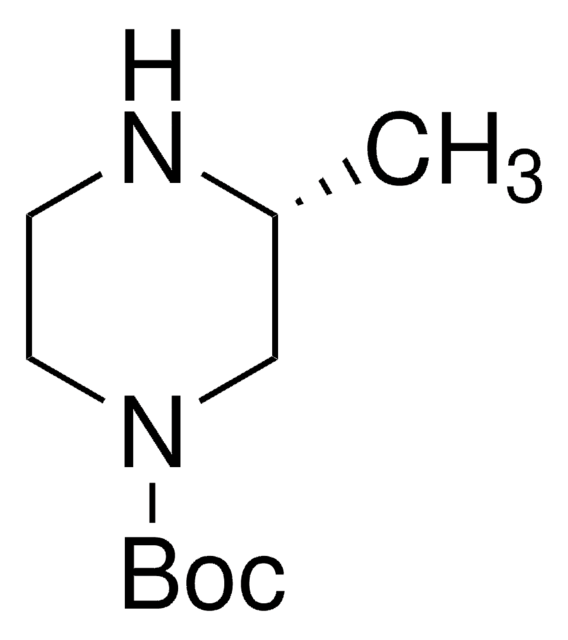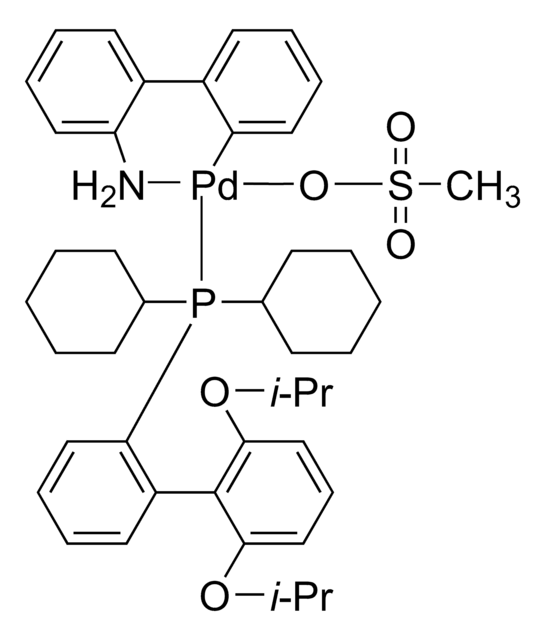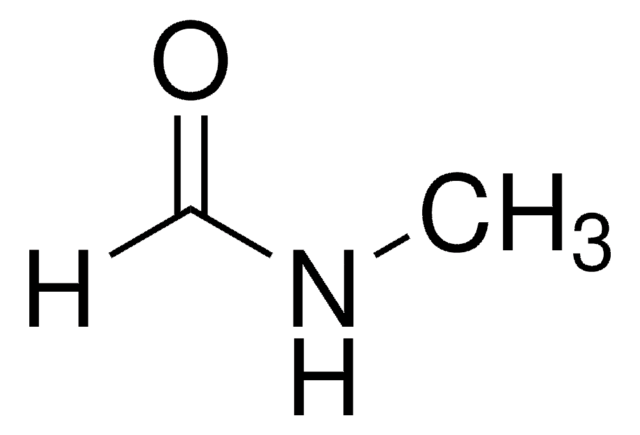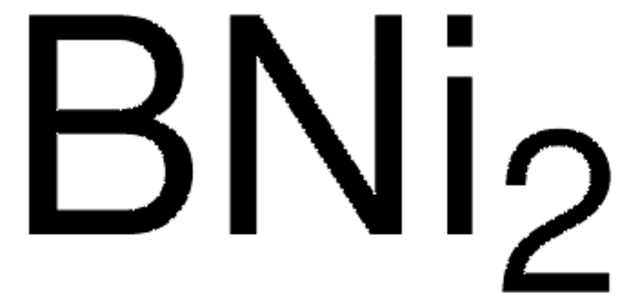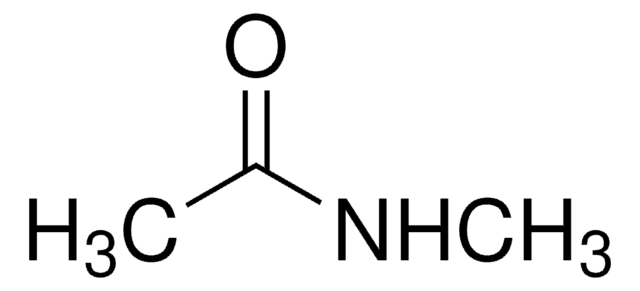Kluczowe dokumenty
675326
Activated charcoal
DARCO® KB-G
Synonim(y):
Charcoal activated
About This Item
Polecane produkty
ciśnienie pary
<0.1 mmHg ( 20 °C)
Formularz
powder
temp. samozapłonu
842 °F
producent / nazwa handlowa
DARCO® KB-G
charakterystyka ekologicznej alternatywy
Design for Energy Efficiency
Learn more about the Principles of Green Chemistry.
sustainability
Greener Alternative Product
rezystywność
1375 μΩ-cm, 20°C (graphite)
zanieczyszczenia
≤15.0% moisture content
wielkość cząstki
>45 μm
mp
3550 °C (lit.)
ślady anionów
phosphate (PO43-): ≤3.5%
ślady kationów
Ca: ≤200 ppm
Fe: ≤150 ppm
kategoria ekologicznej alternatywy
, Enabling
ciąg SMILES
[C]
InChI
1S/C
Klucz InChI
OKTJSMMVPCPJKN-UHFFFAOYSA-N
Szukasz podobnych produktów? Odwiedź Przewodnik dotyczący porównywania produktów
Opis ogólny
Zastosowanie
Informacje prawne
Hasło ostrzegawcze
Warning
Zwroty wskazujące rodzaj zagrożenia
Zwroty wskazujące środki ostrożności
Klasyfikacja zagrożeń
Flam. Sol. 2
Kod klasy składowania
4.2 - Pyrophoric and self-heating hazardous materials
Klasa zagrożenia wodnego (WGK)
nwg
Temperatura zapłonu (°F)
Not applicable
Temperatura zapłonu (°C)
Not applicable
Wybierz jedną z najnowszych wersji:
Masz już ten produkt?
Dokumenty związane z niedawno zakupionymi produktami zostały zamieszczone w Bibliotece dokumentów.
Nasz zespół naukowców ma doświadczenie we wszystkich obszarach badań, w tym w naukach przyrodniczych, materiałoznawstwie, syntezie chemicznej, chromatografii, analityce i wielu innych dziedzinach.
Skontaktuj się z zespołem ds. pomocy technicznej
